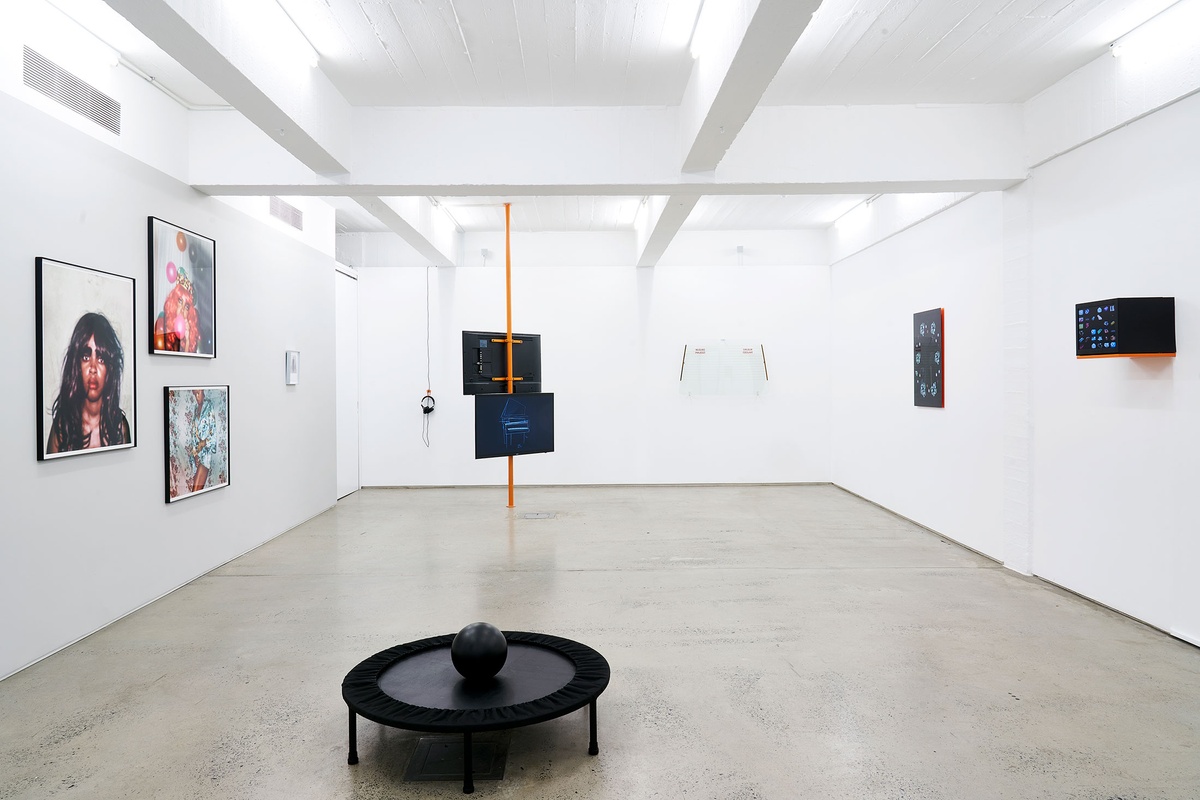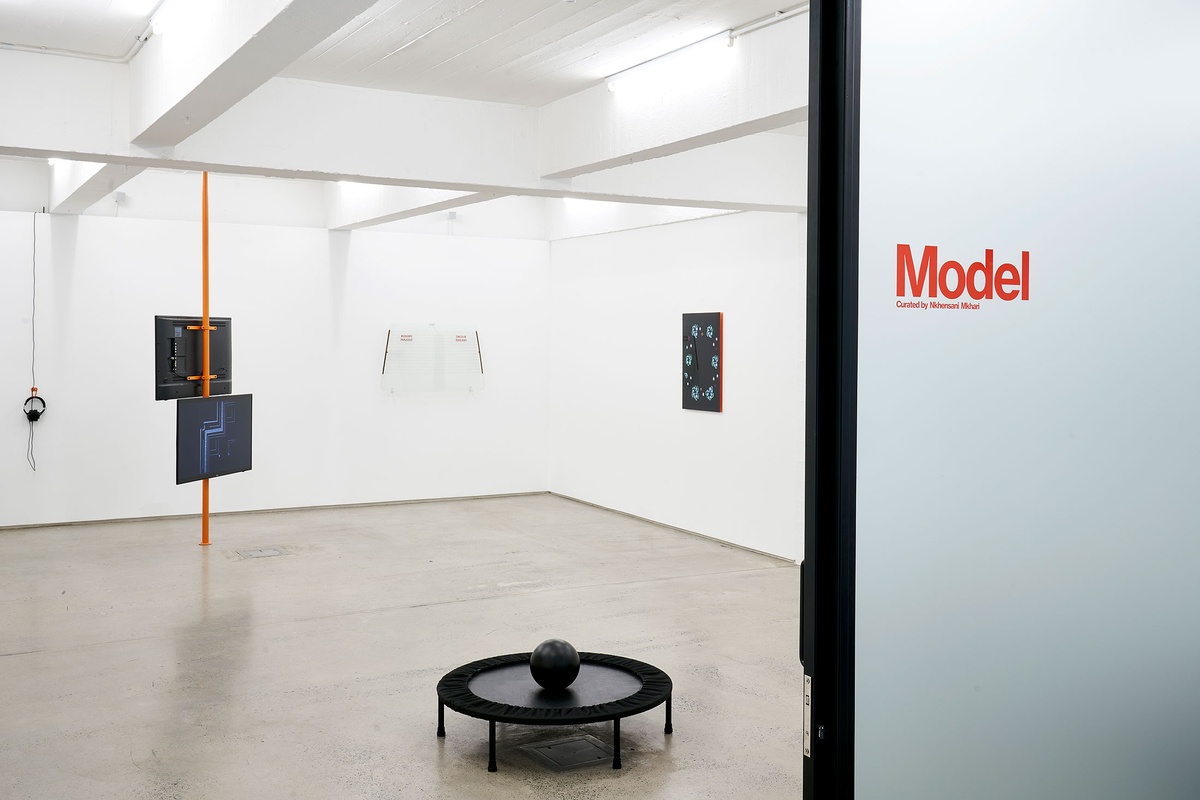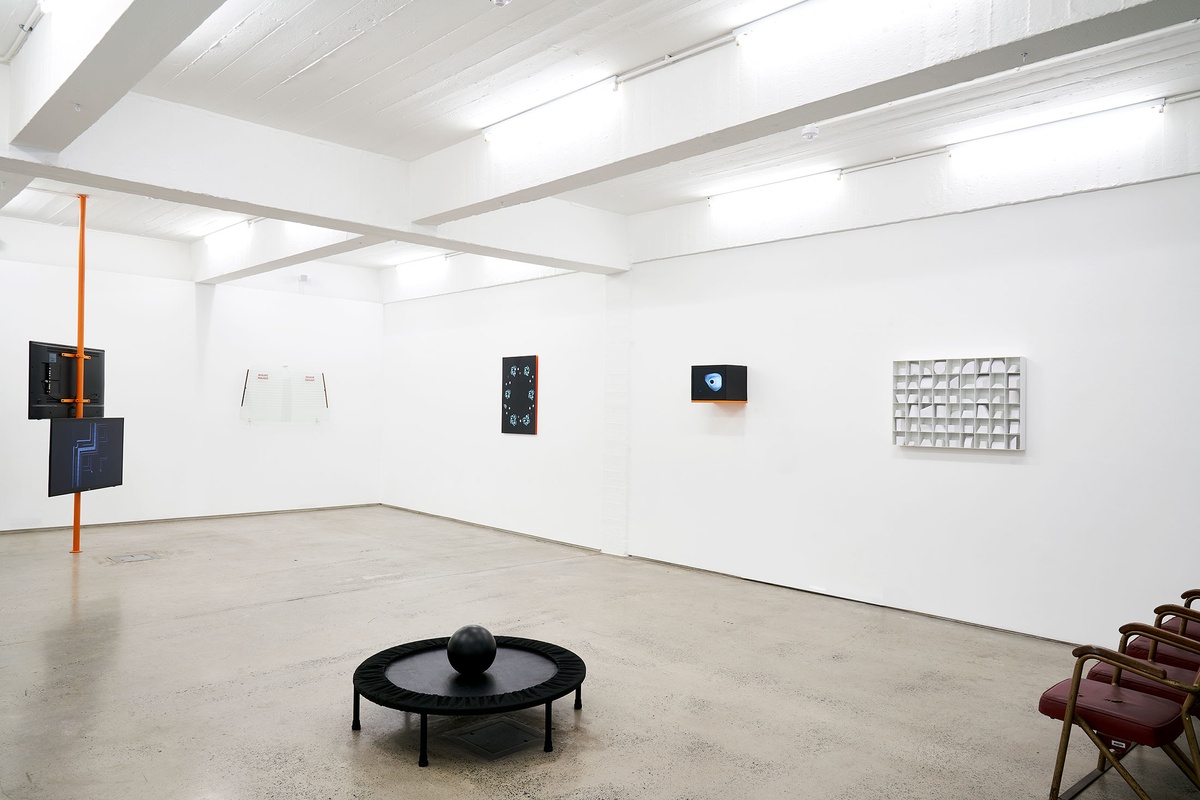Xhanti Zwelendaba

Zwelendaba’s Musuwo Panjodzi presents a salvaged taxi window bearing the words ‘Emergency Exit’ in Shona. Made for Chamber of Mines, an exhibition by Zwelendaba and Rowan Smith at Whatiftheworld in 2016, the work speaks to the intersection of mining, class stratification and immigration in South Africa. The rear window is symbolic of the overcrowded taxis used to transport workers to mines and calls into question the distinctions drawn between immigrant workers and expatriates. Mounted against a wall, the transparency of Musuwo Panjodzi provides the viewer with a blank canvas through which to reflect on the legacy of oppression and poverty in South Africa. Zwelendaba, whose practice examines the tensions between custom and capitalism, offers a critique of the systems that force labourers into inevitable harm. While a taxi can be escaped through an emergency exit, how do immigrant workers escape the mining industry and the ideologies that maintain it?
To Xhanti Zwelendaba, art begins where language fails. His practice pursues a generative opacity, that disparate understandings and contradictions can cohabit in shared forms. “I think verbal communication is very limited – and limiting. I enjoy the idea of sharing my thoughts through visual signifiers and the possibility someone else will have a completely different interpretation of the work and both these interpretations can exist in the same place.” He describes himself as an “anti-disciplinary” artist, loyal to no single medium and instead working in whatever materials and disciplines best articulate his wide-ranging preoccupations, from found objects to figurative paintings.


